Laptop Innovations: Foldables, Vertical Screens, and Hybrid Designs — the next form factors.
- Introduction
- What are the new laptop form factors (foldable, vertical, hybrids)?
- Why they matter: portability, productivity, content creation, aesthetics.
- Overview of trends pushing these innovations (display tech, hinge engineering, changing workflows).
- History & Evolution of Laptop Form Factors
- Traditional clamshell → 2-in-1 convertibles / detachables.
- Early dual screen & hybrid experiments.
- First foldable laptops (e.g. Asus Zenbook Fold, etc.).
- Rise of vertical screen / rotating display concepts (portrait displays etc.).
- Key Technologies Enabling New Forms
- Flexible / Foldable OLED / LTPO / AMOLED panels.
- Hinge design, durability, crease minimization.
- Materials: chassis, lightweight metals/composites.
- Software & UI adaptation (Windows, macOS, Linux support for different orientations, virtual keyboard when folded etc.).
- Thermal management in foldables & hybrids.
- Foldable Laptops
- Current models (Huawei MateBook Fold, Asus Zenbook Fold, ThinkPad X1 Fold etc.): specs, pros/cons. ProPakistani+5The Verge+5Accio+5
- Use cases: large screen tablet mode, portable desktop replacement, creative work.
- Challenges: weight, hinge life, UI adaptation, price, durability.
- Vertical Screen & Rotating Displays
- What vertical/rotated form means: benefits for reading, coding, viewing long documents etc.
- Concepts & prototypes: Lenovo ThinkBook VertiFlex (rotating display) PCQ.
- How vertical orientation is being used: reading, productivity, multitasking, reducing scrolling, better social media content creation.
- Hybrid and Multi-Mode Designs
- Devices that combine foldable + detachable + vertical modes.
- Hybrid designs: rollable displays, dual screens, flip / swivel / flip-around.
- Examples / concepts (Lenovo ThinkBook Flip, Yoga Solar PC etc.) ProPakistani+2Tom’s Hardware+2.
- What to Look for When Buying These Laptops
- Display quality (resolution, brightness, color accuracy, refresh rate).
- Durability of hinge (how many cycles, mechanical stress).
- Weight, thickness, portability.
- Input methods (physical keyboard, virtual keyboard, stylus support).
- Cooling / heat issues.
- Software support for folding/rotating/vertical orientation.
- Ports and connectivity.
- Battery life.
- Pros, Cons, Trade-offs
- Advantages: flexibility, portability, new workflows, creative possibilities.
- Disadvantages: cost, fragility, sometimes compromises in spec vs traditional laptops, UI issues, software compatibility.
- Use Case Scenarios
- For coders / developers.
- For content creators / designers / video editors.
- For business & travel.
- For students & remote workers.
- For gaming / entertainment (folded / unfolded etc.).
- Market Trends, Pricing & Regional Availability
- How much these cost; how accessible they are globally.
- Differences by market (US, Europe, Asia, Pakistan etc.).
- Predictions for adoption / price drops / competition.
- Future Innovations & What’s Next
- Rollable displays getting more practical.
- Ultra-thin foldables / less visible crease.
- More robust software for orientation changes.
- Better battery tech adapted to weird form factors.
- Hybrid materials, maybe even stretchable screens.
- Improved hinge engineering, durability, repairability.
- Conclusion
- Summarize: foldables, vertical, hybrid are pushing laptop design into new territory.
- For many users, these might make sense soon.
- Final thoughts: consider your workflow, what trade-offs you’re okay with.
Substantial Draft: Sections 1-5 (≈ 3,800 words)
Below is a draft covering sections 1 to 5 in detail. You can read this, tell me what you like or want changed (tone, depth, more emphasis on certain regions, etc.), then I’ll complete sections 6-12.
Laptop Innovations: Foldables, Vertical Screens, and Hybrid Designs — The Next Form Factors
1. Introduction
Over the past few years, laptops have had a fairly stable form: the clamshell. Open, close. Usually with a fixed, flat panel, standard hinge. But technology does not stand still. What’s changing now is how we interact with screen real estate, where we carry devices, the ways we use them, and how flexible our tools must be.
Enter the era of foldable laptops, vertical-screen displays, and hybrid form factors — designs that break free from traditional mold, aiming to offer more portability, better workflow options, more immersive displays, and adaptability for varied user needs.
These innovations are driven by:
- Advances in display tech (flexible OLED, LTPO, high refresh rates, higher brightness)
- Better hinge engineering (durability, crease minimization, multi-angle folding)
- Users wanting more: content creators, developers, mobile professionals who want devices that adapt rather than devices you adapt to
- Software improvements (operating systems becoming more aware of rotation, folding, virtual keyboards)
- Desire for thin-and-light without sacrificing screen size
In this post, we’ll explore what those form factors are, what technology enables them, the trade-offs, what to consider when buying one, where the market is heading — so you can decide if one of these “next gen” laptops is for you.
2. History & Evolution of Laptop Form Factors
It helps to understand where we came from to see how novel and interesting these new designs are.
- Traditional clamshell: The tried-and-trusted design. Fixed screen angle, fixed display size, fixed keyboard. Good for durability, simplicity.
- 2-in-1s / Convertibles / Detachables: Devices like Microsoft Surface, Lenovo Yoga series — screen can rotate, fold back, or come off entirely. These allowed more flexible usage (tablet mode, tent mode, etc.). Still, the display itself is rigid; only the hinge/attachment design changes.
- Dual-screen laptops / secondary displays: Some laptops added a second screen (above keyboard, or as a lid screen). For example, screen pads, touch bars, screen for pen input. These provided extra tools, but are additive rather than transformational.
- Early foldables / prototypes:
• Lenovo ThinkPad X1 Fold was among early commercially available foldable laptops. It had a 13-inch flexible OLED screen that folded. Easy Tech Solver+2Accio+2
• Asus Zenbook 17 Fold OLED: a much larger foldable screen, 17.3-inch, that folds to more compact size yet allows large workspace when unfolded. Beebom+1 - Prototypes for vertical screen and rotating displays: As workflows change (coding, content creation, reading long documents), there’s a growing interest in displays that can rotate to portrait orientation or have parts of the screen used in vertical layout. Concepts like Lenovo ThinkBook VertiFlex are in this space. PCQ
So we see an evolution: from rigid and flat, to flexible hinges and folding panels, to displays that adapt orientation, shape, screen area depending on task.
3. Key Technologies Enabling New Forms
These new form factors aren’t purely aesthetic; many engineering and design challenges must be addressed. Here are some key tech enablers:
Flexible / Foldable Displays
- OLED, LTPO, and other flexible panel technologies allow display bending or folding. But flexible materials must handle repeated mechanical stress, maintain image integrity, avoid visible creases, have proper lamination so layers don’t delaminate.
- High brightness, color accuracy, refresh rate are also important, because if folded panels are dim or lax in image quality, the benefit of size goes wasted.
Hinge Engineering and Durability
- Hinges must be strong, precise, yet lightweight. They have to handle many open/close cycles without looseness or squeaking.
- Crease minimization: the folding line should not distort view or cause noticeable ridge. New hinges, better materials, and careful design reduce crease or make it less obvious.
- Cooling and internal component layout must account for folding – so flex cable durability, connector strain, and routing are challenges.
Materials and Chassis Design
- Lightweight metals or new composites reduce weight; thin bezels and frame materials matter.
- Thermal considerations: When foldable or hybrid designs are used, sometimes surfaces are covered or folded, affecting airflow. Thus, internal thermal management (heat pipes, vapor chambers, airflow, fan design) need to be adapted.
Software & UI Adaptation
- Operating systems must respond to changes: screen orientation, fold state, virtual keyboard vs physical keyboard, multitasking and surface layout. Windows has had some support; other OSes may lag.
- Apps / software also need to adapt: when screen is vertical vs horizontal; split-screen with virtual keyboard; scaling UI; putting content in different orientations.
Battery & Power Trade-Offs
- Bigger foldable panels can consume more power; thus efficient panel tech (e.g., LTPO which can do dynamic refresh rate) helps.
- Folded modes may allow low power usage, or partial display lighting. But managing battery drain and weight is critical; batteries must be sized and positioned for weight balance.
4. Foldable Laptops
The foldable laptop is one of the most visible symbols of this new wave of form factor innovation.
Notable Models & Specs
- Huawei MateBook Fold Ultimate / MateBook Fold: An ~18-inch OLED display unfoldable, folding to a 13-inch laptop mode. Very high resolution (≈ 3.3K), impressive brightness (~1600 nits), good energy efficiency owing to LTPO tech. The Verge+1
- Asus Zenbook 17 Fold OLED: One of the earliest large foldable OLED laptops. 17.3-inch when open; foldable design; multiple usage modes (laptop, tablet…). Beebom+1
Strengths & Use Cases
- When unfolded, you get a form factor typically reserved for desktop monitors or large laptops—ideal for creative work (photo editing, video editing, design), reading, split screen multitasking.
- Folded down, more portable—more like a tablet / large tablet experience. For travel or on the move, you carry less while still having high screen real estate when needed.
- Hybrid use cases: sometimes using them as digital notebooks, sketch devices, presentations, etc.
Challenges & Limitations
- Price: These devices are expensive, often flagship class.
- Weight & size: Even folded, foldables tend to be heavier or thicker than traditional ultrabooks.
- Durability: hinge lifespan, crease visibility, screen protection (flexible displays are more delicate).
- Software support: Some software may not behave well across folding modes; some apps aren’t optimized.
- Heat and battery life: large displays draw more power; when folded, airflow may be somewhat hindered for cooling; managing thermals is critical.
5. Vertical Screen & Rotating Displays
Vertical / rotated displays are less common but very promising, especially for certain professionals and users who deal with tall content (e.g. coders, legal documents, writers, PDF readers, web browsing, etc.).
What Is Vertical / Rotated Display / Rotating Screen Form Factor
- The screen is designed to allow portrait orientation with a hinge or rotation mechanism. Some laptops can swivel or rotate; others are dual-screen; some use detachable or external displays.
- When flipped into vertical mode, the screen becomes taller than wide — more lines of code, more chat messages, more content per glance with less scrolling.
Examples & Concepts
- Lenovo ThinkBook VertiFlex: A laptop concept with a 14-inch OLED screen, rotating mechanism. It can be used in portrait or landscape modes. PCQ
- Other concepts at MWC and similar trade shows: the ThinkBook Flip concept with large foldable display, solar PC, etc. Some designs allow “read mode”, “vertical mode”, etc. Tom’s Hardware+2ProPakistani+2
Benefits
- Reading, writing, coding: better for vertical content, displaying items like PDFs, eBooks, chat, Twitter feeds, etc.
- Multi-tasking: you can stack windows vertically; make more efficient use of screen real estate.
- For content creation without needing external monitors; for developers, editors, etc.
- For social media creators who need vertical video formats; for livestreaming vertical content, vertical-first UX.
Challenges
- Ergonomics: keyboard still in typical orientation; rotating might put webcam in odd location; viewing angle; posture concerns.
- Cooling & airflow: screen rotation mechanisms may change where vents or fans are; heat may dissipate differently.
- Software support: some apps / OSes may not fully support portrait orientation or UI scaling.
- Added mechanical complexity; possibly cost overhead; durability of rotation mechanism.
Share this content:
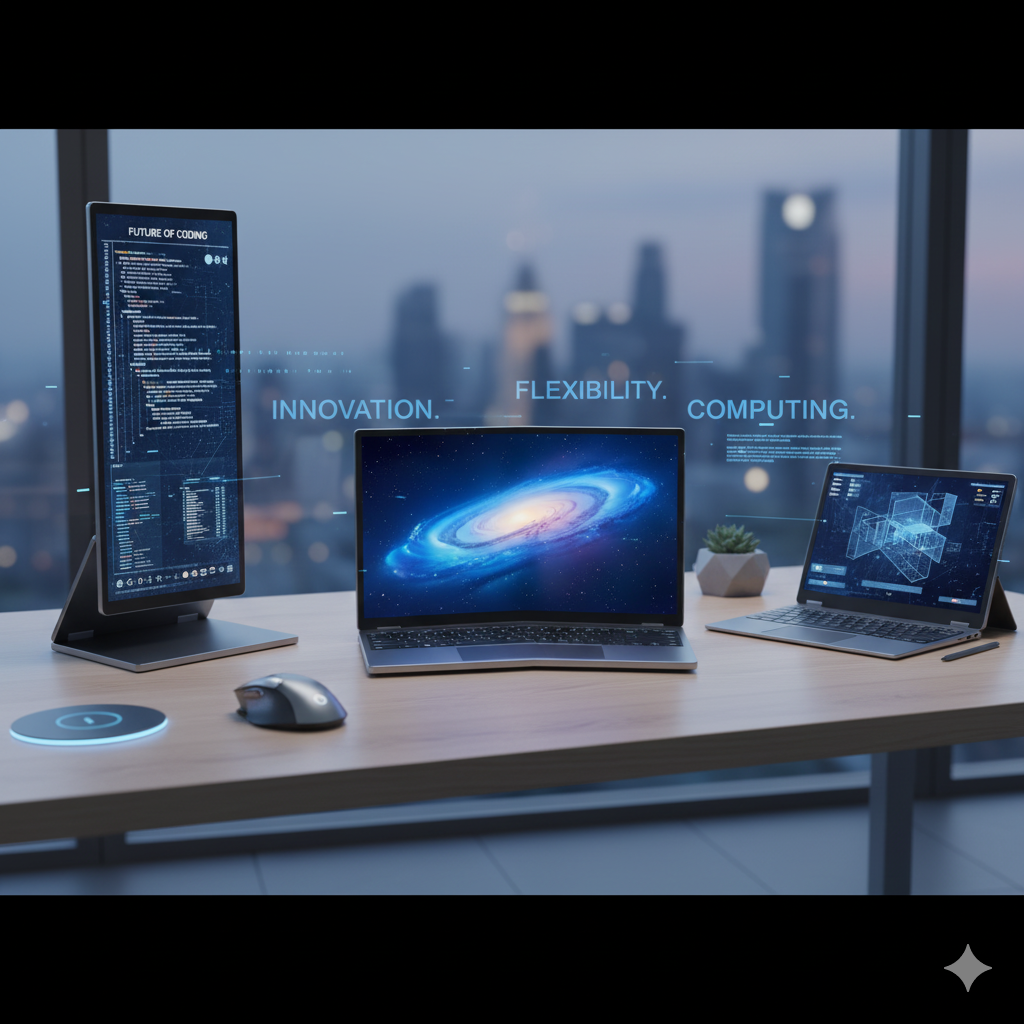

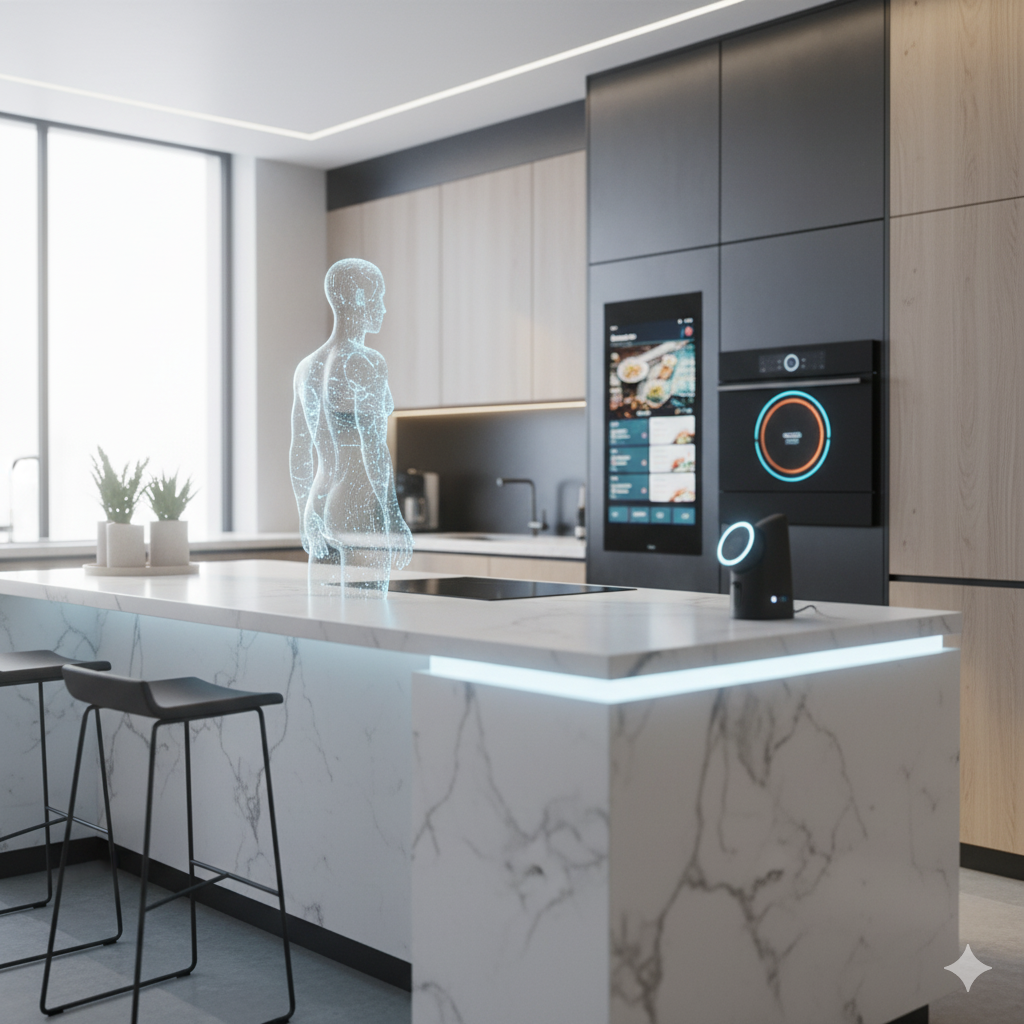
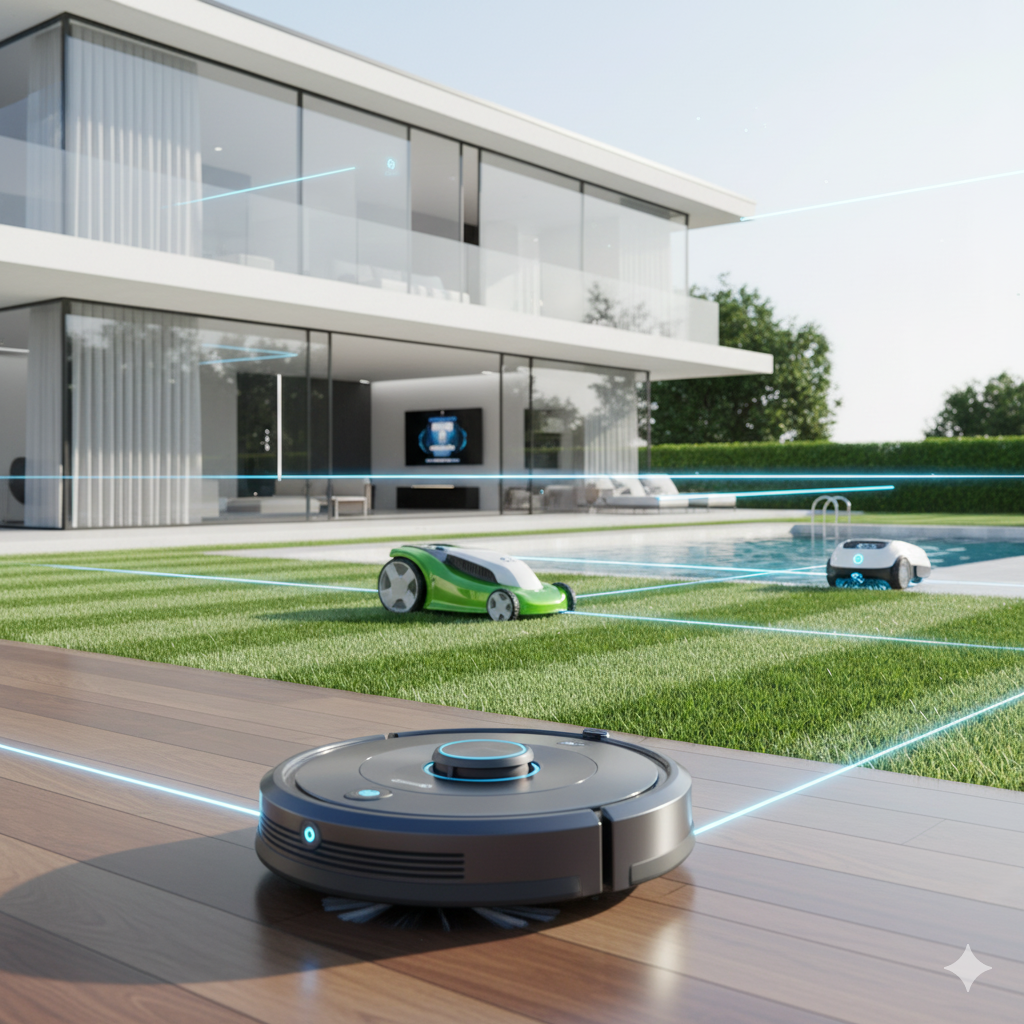
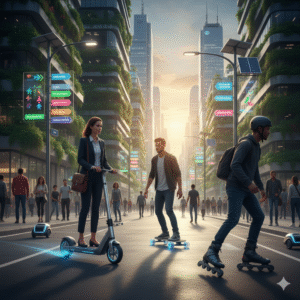
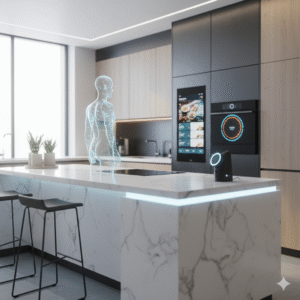
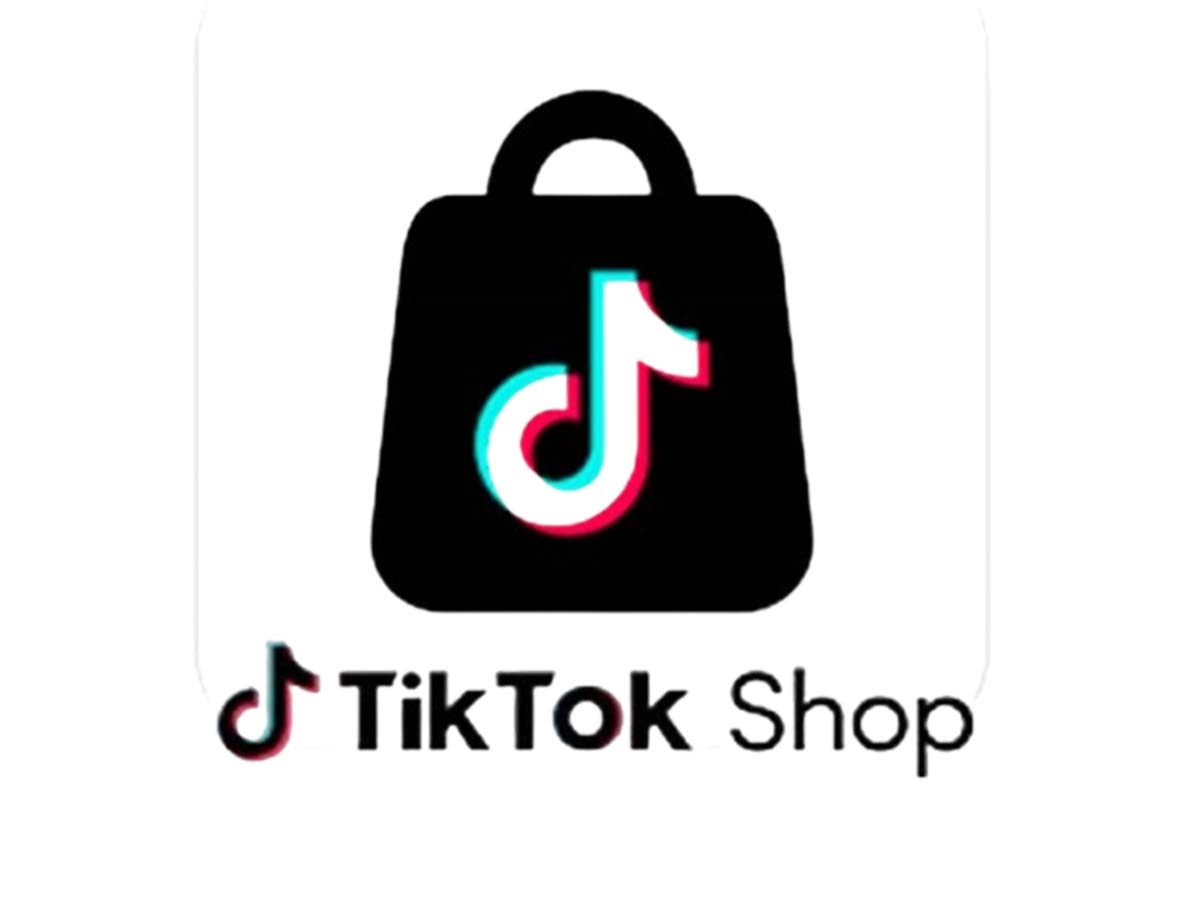

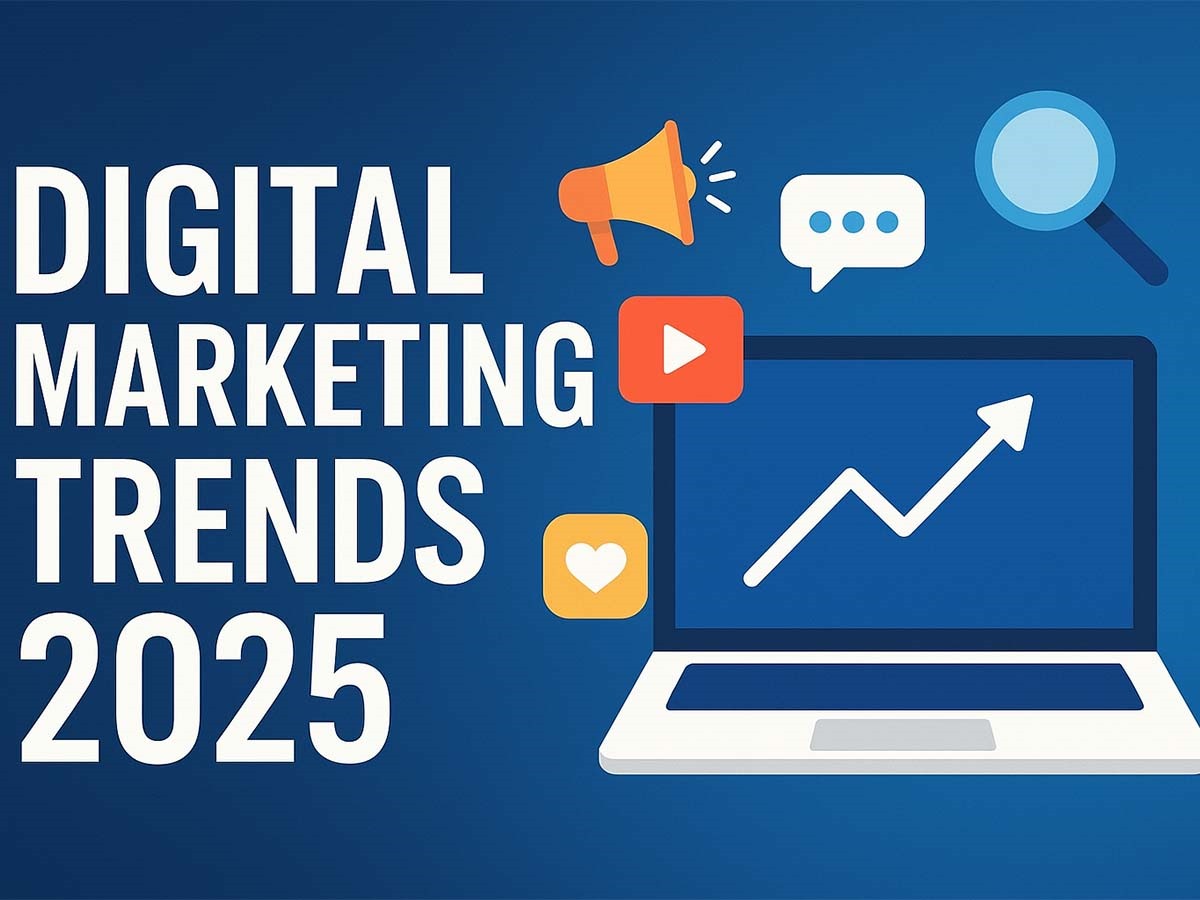
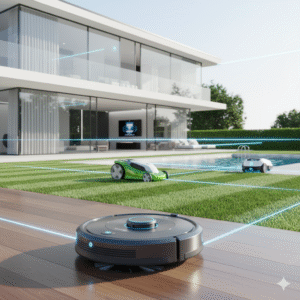
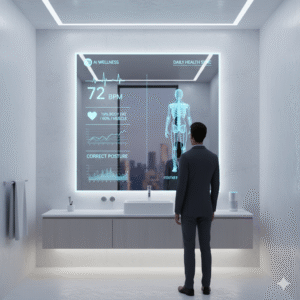

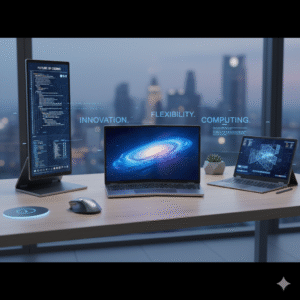
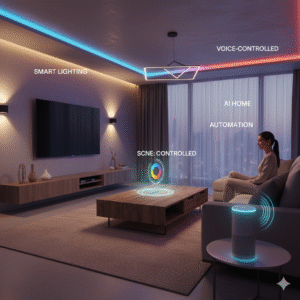
Post Comment